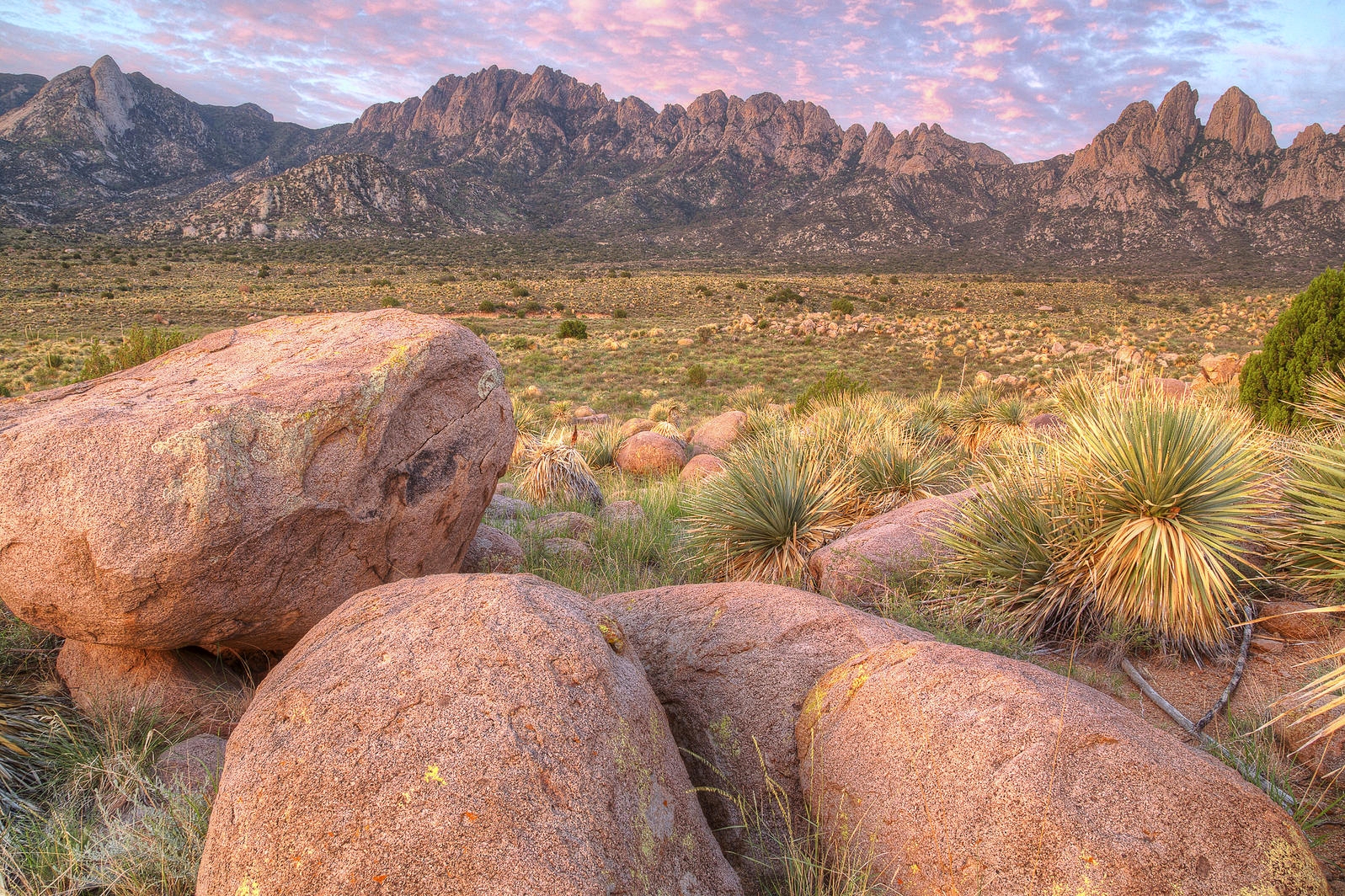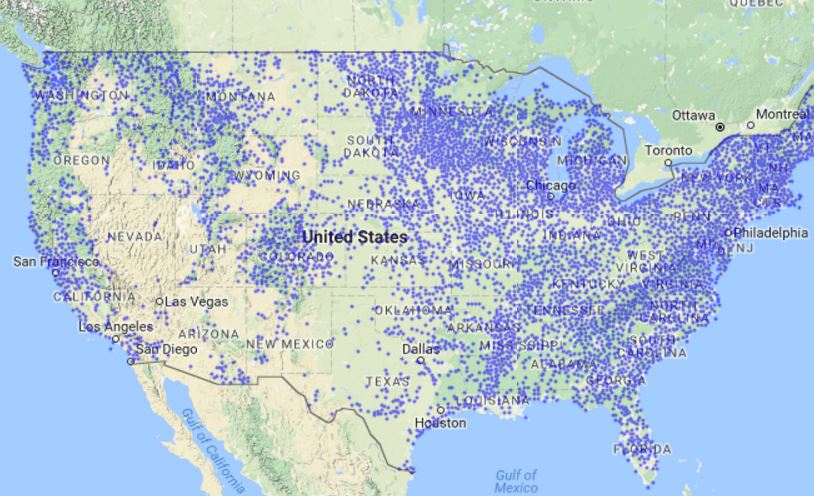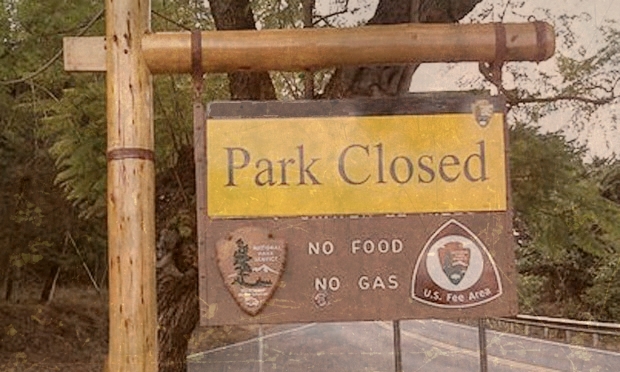A responsible review of the designation will loosen the bureaucratic grip that Washington has over thousands of acres and help put our lands back where they belong – in the hands of New Mexicans. A significant cross-section of the community has historically opposed any monument designation.
U.S. Representative Steve Pearce, New Mexico
Downsizing Organ Mountains National Monument would still save land but boost economy
Whenever I’m traveling through Doña Ana County, I can look up at the Organ Mountains Desert Peaks and feel proud to come from a state that is home to some of our nation’s most beautiful treasures. I share this feeling with my fellow New Mexicans, and there’s a desire within us all to make sure the Organs stay preserved for generations to come.
Back in 2013, before President Obama created the current footprint, I introduced a bill to establish the Organs as a national monument. My bill would have made the Organs, and surrounding natural treasures, a national monument forever protected in the National Landscape Conservation System. The roughly 60,000-acre footprint I suggested was a balance between conserving the Organs without compromising New Mexico’s economy and the culture of ranching, recreation and multiple uses.
Economies surrounding the monument are supported by local businesses, the Convention Center, a top-rated farmers market, annual festivals, sporting tournaments, and diverse museums – all of which draw people to visit the area. To attempt to calculate or establish a range of economic impact the monument alone contributes to the community is misleading. In fact, there is no metric that allows for an accurate or even broad accounting of revenue created by the monument. Recent attempts to define the increased economic benefit were only able to place it anywhere between $4 million and $11 million.
These numbers come from an analysis by the Las Cruces Sun-News, which used visitation numbers from the Bureau of Land Management for three sites within the monument – Dripping Springs Natural Area, Aguirre Spring Campground and the Soledad Canyon Area. Increased visitation to these sites, along with the estimated tourism dollars, have been used time and again as a way to fight for the current 500,000-acre footprint. However, all three of these sites would remain protected under the smaller footprint proposed in my bill.
My efforts to protect the Organs without harming the local economy or diminishing the historical multiple uses of the larger area have led some to believe that I support selling off these lands for private uses – let me be clear, that is not the case. The current designation equates to a total of 600,000 acres of land because it includes the 500,000-acre footprint, which is all federal land, and land-locks roughly 100,000 acres of state and private lands within it. I’ve spoken with ranchers who live and work in parts of the monument who find it difficult to stay in business while complying with the designation’s regulations.
[wp_ad_camp_1]
A responsible review of the designation will loosen the bureaucratic grip that Washington has over thousands of acres and help put our lands back where they belong – in the hands of New Mexicans. A significant cross-section of the community has historically opposed any monument designation.
Roughly 800 businesses and ranchers were in favor of a compromise to protect our lands while eliminating uncertainty, access issues and added layers of bureaucracy that come with the 500,000-acre footprint.
Even more, downsizing can bring back annual events – like the Chili Challenge – that, according to local sources, brought in nearly $5 million to the local economy.
As New Mexicans, we are protective over our resources and embrace the landscape that we call home. For my entire adult life, I’ve loved the Organs. By keeping the designation but reducing the size, the beauty of the Organs will be preserved forever, the county can continue to benefit from the economic gains associated with the monument, and everyone from ranchers to hikers can continue to access and utilize the area without impediment.
Free Range Report
[wp_ad_camp_3]



